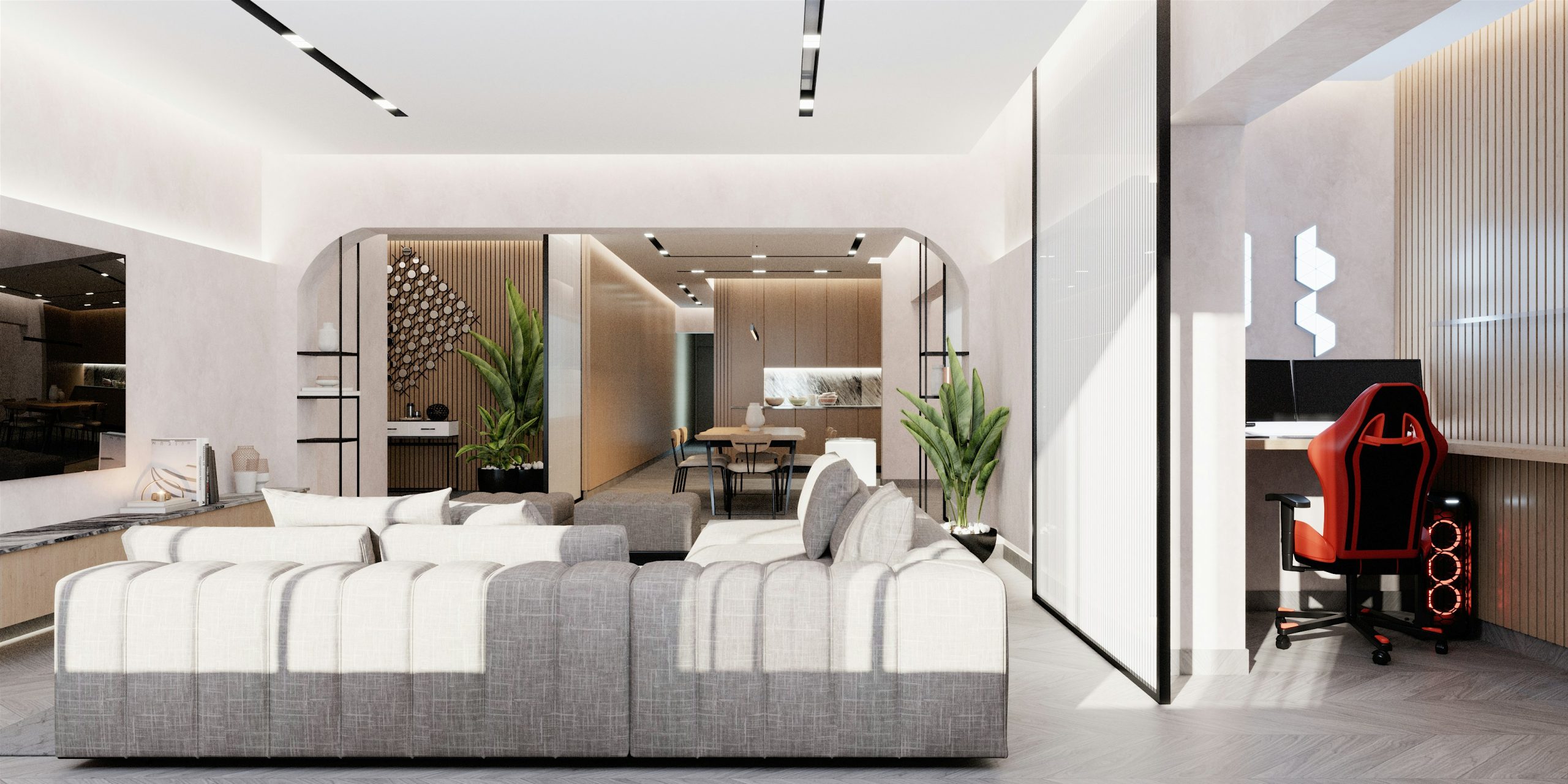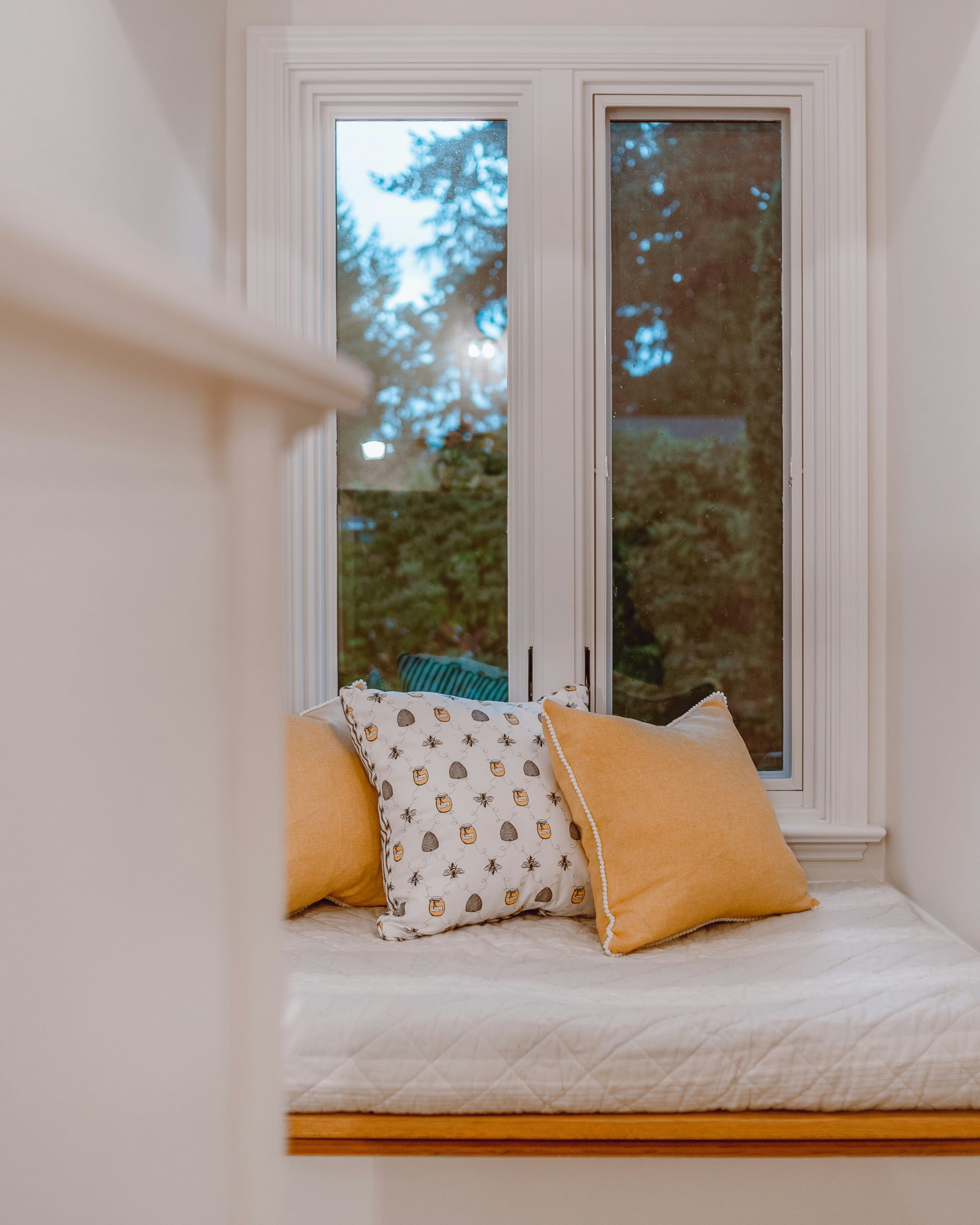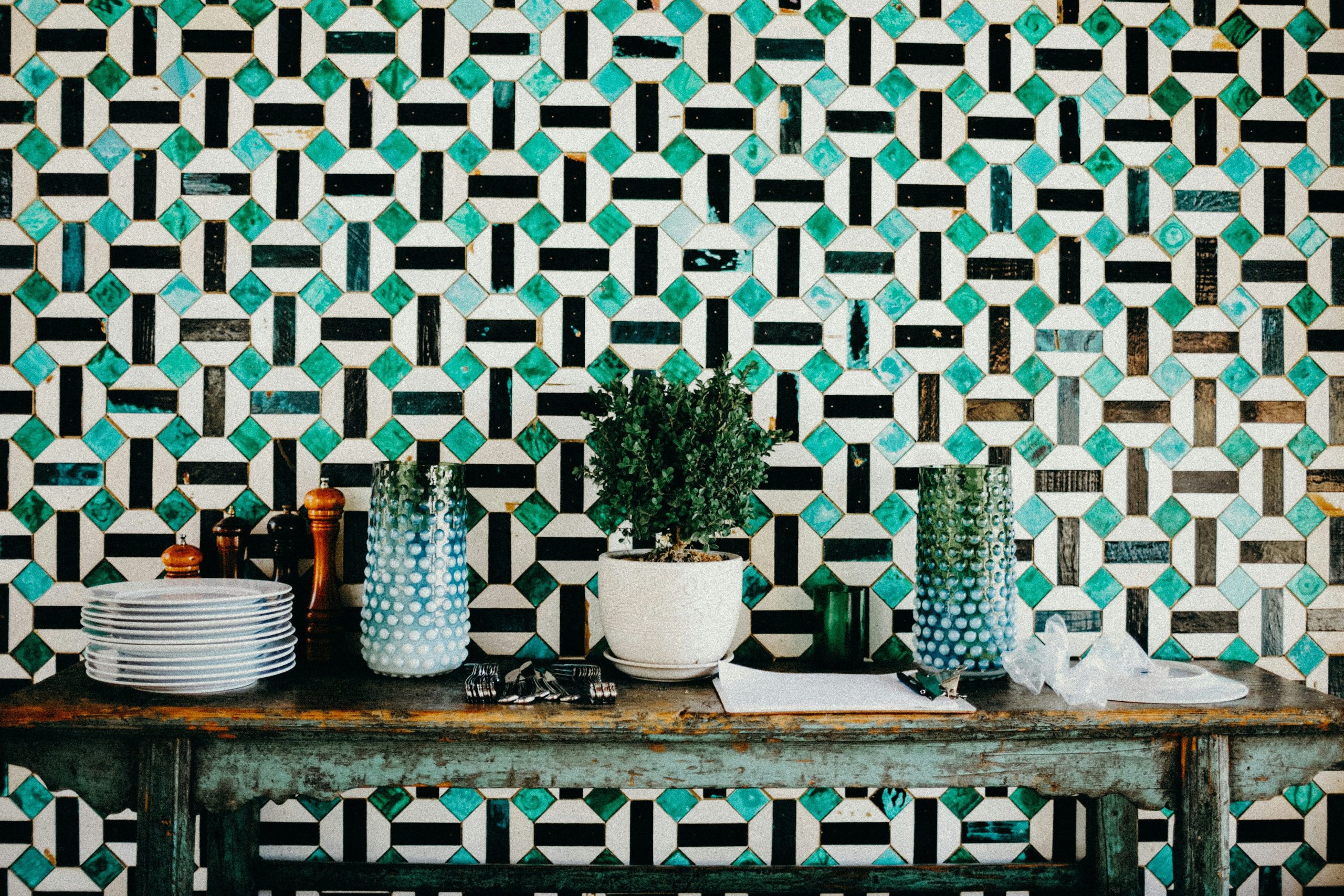Do you ever wonder if an open concept is still the way to go?
I do! Real estate is the biggest investment for most people. So whether you’re renovating for yourself, doing a flip, or buying a new family home, you want to make sure you don’t fall into the trap of outdated trends. For every dollar you invest, you expect a return.
So, what is an open concept? It’s a style defined by expansive, barrier-free spaces that merge the living, dining, and kitchen areas. It has dominated interior design trends for years. But we asked interior designers: is open concept still trending in 2025?
This year, there’s a noticeable shift toward more defined and intimate spaces. This evolution reflects changing lifestyles and a renewed appreciation for coziness and functionality.
The Shift Towards Defined Spaces
The global pandemic has profoundly influenced how we perceive and utilize our homes. With an increase in remote work and the need for multifunctional areas, homeowners are rethinking the open-concept layout. According to recent insights, there’s a growing desire for “cozy” homes, with listings mentioning this term 35% more than in previous years. This trend indicates a move away from vast open spaces towards more traditionally divided areas that offer privacy and dedicated functions.

Open concept with specific defined areas
Interior designers are responding to this shift by creating spaces that foster comfort and connection. The focus is on warm, inviting elements and timeless designs that cater to the need for separate, functional spaces. This approach allows for the creation of areas that serve specific purposes, enhancing both the aesthetic and practical aspects of a home.
Open Concept Trends in South Bay Beach Homes
In South Bay beach communities, where the coastal lifestyle is all about relaxation and nature, home design trends are shifting. While open-concept layouts are still popular, especially for entertaining, there’s now a stronger focus on creating defined spaces.
For example, kitchens still flow into living areas, but many homeowners are adding cozy nooks or alcoves. These smaller spaces work well as home offices, reading corners, or quiet retreats—perfect for modern, flexible living.

Beautiful window nook
At the same time, the use of natural materials is on the rise. More designers are bringing the outdoors in with wood, stone, and greenery. This not only looks beautiful but also supports health and well-being.
This movement aligns with biophilic design, a growing trend in 2025. Biophilic design connects people with nature through architecture and interiors. It helps create spaces that feel calm, comfortable, and functional—exactly what South Bay living is all about.
Expert Perspectives
Designers are embracing this evolution by focusing on creating “pockets of sanctuary” within homes. These are areas specifically designed for relaxation and retreat, offering homeowners a respite from the open, communal spaces. This thoughtful approach to space planning ensures that homes are both functional and comforting.

Pattern drenching gives a cohesive feeling around the house
Furthermore, the trend towards “pattern drenching,” where a single pattern is used across multiple surfaces, is gaining popularity. This technique adds depth and interest to defined spaces, making them feel cohesive and intentional.
Conclusion
While open-concept design has long been favored for its airy and communal feel, the evolving needs of homeowners in 2025 are steering design trends toward more defined and intimate spaces. In South Bay beach communities, this translates to homes that thoughtfully balance openness with areas dedicated to specific functions, all while maintaining a strong connection to the coastal environment. As interior designers continue to adapt to these preferences, we can expect to see homes that are both versatile and nurturing, reflecting the dynamic ways we live today.
Sources: homesandgardens southernliving

 Facebook
Facebook
 X
X
 Pinterest
Pinterest
 Copy Link
Copy Link
